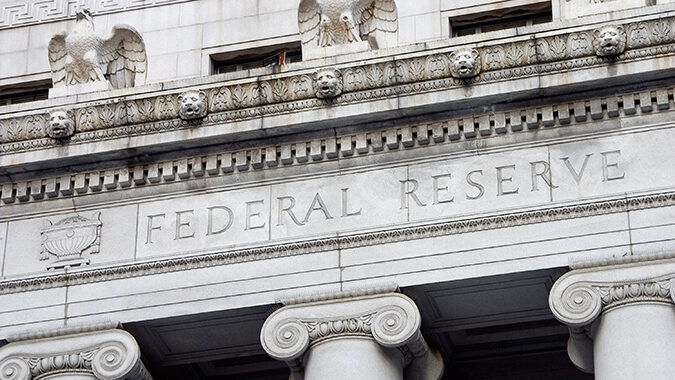After four consecutive three-quarter-point interest rate hikes, the Federal Reserve raised interest rates by a smaller half percentage point Wednesday, dialing back its aggressive efforts to fight inflation, which showed signs of easing in the latest Consumer Price Index report.
The Fed has raised rates seven times this year as part of its ongoing battle to curb record inflation by implementing some of the most aggressive interest rate hikes since the 1980s. The federal funds rate – what banks charge each other for overnight loans – had hovered near zero in March and is now at 4.25% to 4.50% with the Fed’s latest move.
However, the Fed’s decision to raise the benchmark rate by 0.50 basis points on Wednesday is a smaller increase than its four previous rate increases of 0.75 basis points each.
In a statement issued at the conclusion of its two-day meeting, the Federal Open Market Committee (FOMC), which is the monetary policymaking body of the Federal Reserve System, reiterated its goal is to bring down inflation to 2%. “Ongoing increases” in interest rates may be necessary “to return inflation to 2% over time,” the statement said.
The Fed now expects the federal funds rate to end 2023 at 5.1%, higher than the 4.6% it had previously projected in September.
The Fed’s latest decision on interest rates follows the release on Tuesday of the latest Consumer Price Index report, which showed the annual rate of inflation had eased to 7.1% in November, a significant drop from June’s 9.1% annual rate.
November CPI
The latest Consumer Price Index (CPI) report from the U.S. Bureau of Labor Statistics showed the cost of goods and services increased 0.1% in November on a monthly seasonally adjusted basis following the larger 0.4% monthly increase in October.
On an annual basis, the CPI all-items index increased 7.1% before seasonal adjustment for the 12-month period that ended in November. This was the smallest 12-month increase since the period ending in December 2021.
The index for shelter (+0.6%) was the largest contributor to the 0.1% monthly all items increase, more than offsetting decreases in energy indexes. The food index increased 0.5%, while the overall energy index decreased 1.6% over the month. There were declines in the individual gasoline index (-2%), the natural gas index (-3.5%), and the electricity index (-0.2%).
The less volatile index for all items less food and energy rose 0.2% on a monthly basis in November, after rising 0.3% in October. The indexes for shelter, communication, recreation, motor vehicle insurance, education, and apparel were among those that increased over the month. Indexes that declined in November include the used cars and trucks, medical care, and airline fares indexes.
The all items less food and energy index has risen 6% over the last 12 months. The energy index increased 13.1% for the 12 months ending November, and the food index increased 10.6%. All these increases were smaller than those for the 12-month period ending in October.

